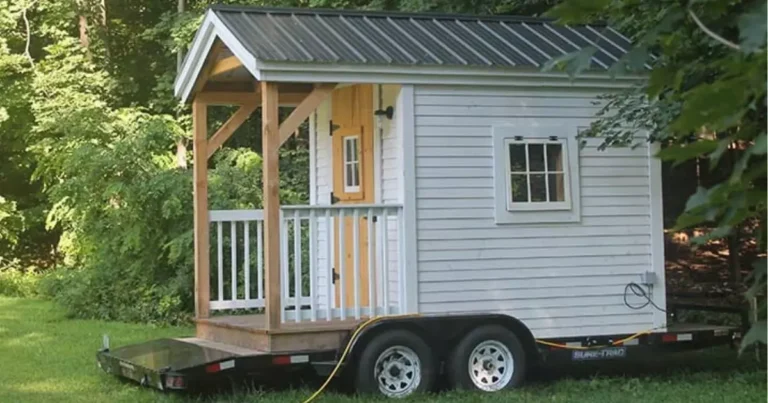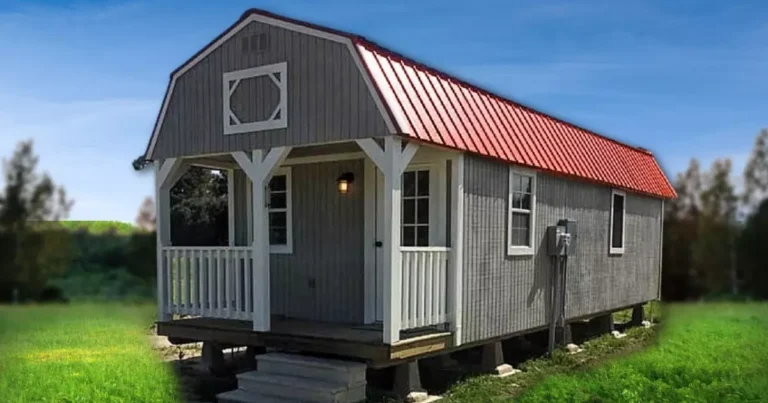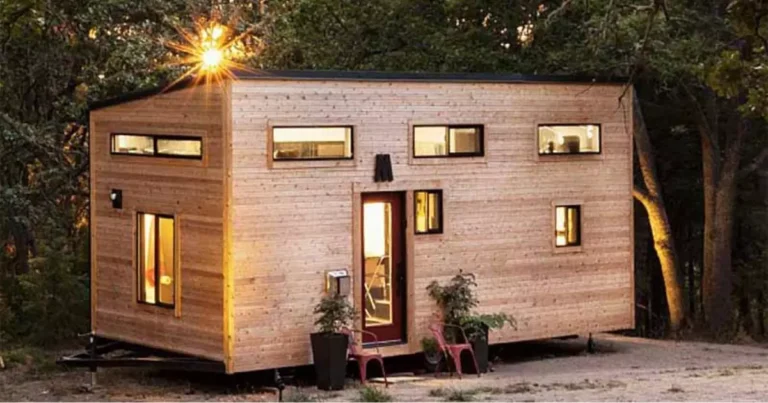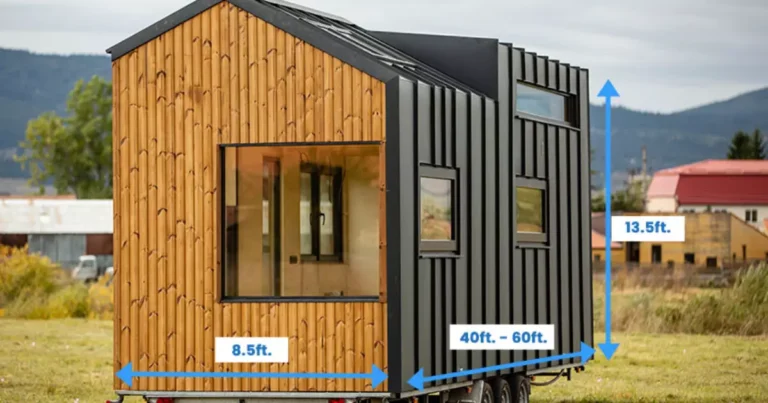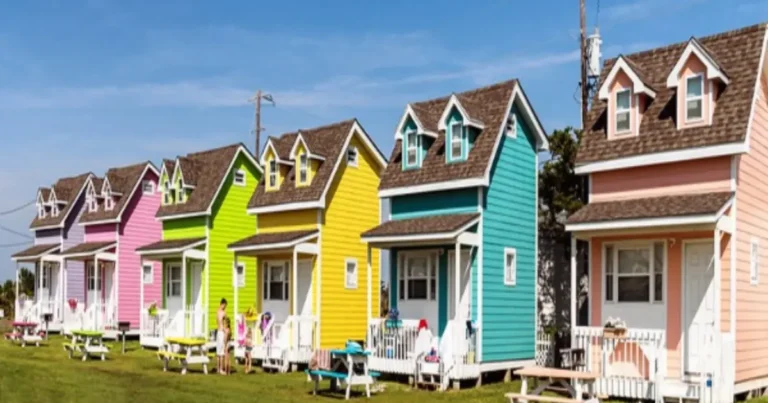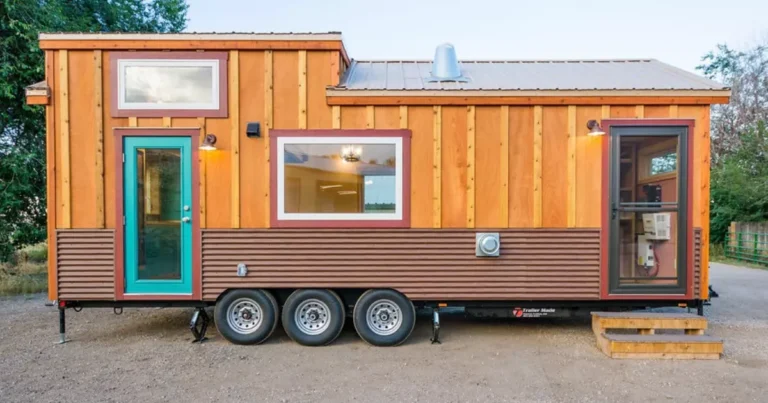Can a Tiny House Be 10 Feet Wide? Explore Space and Design
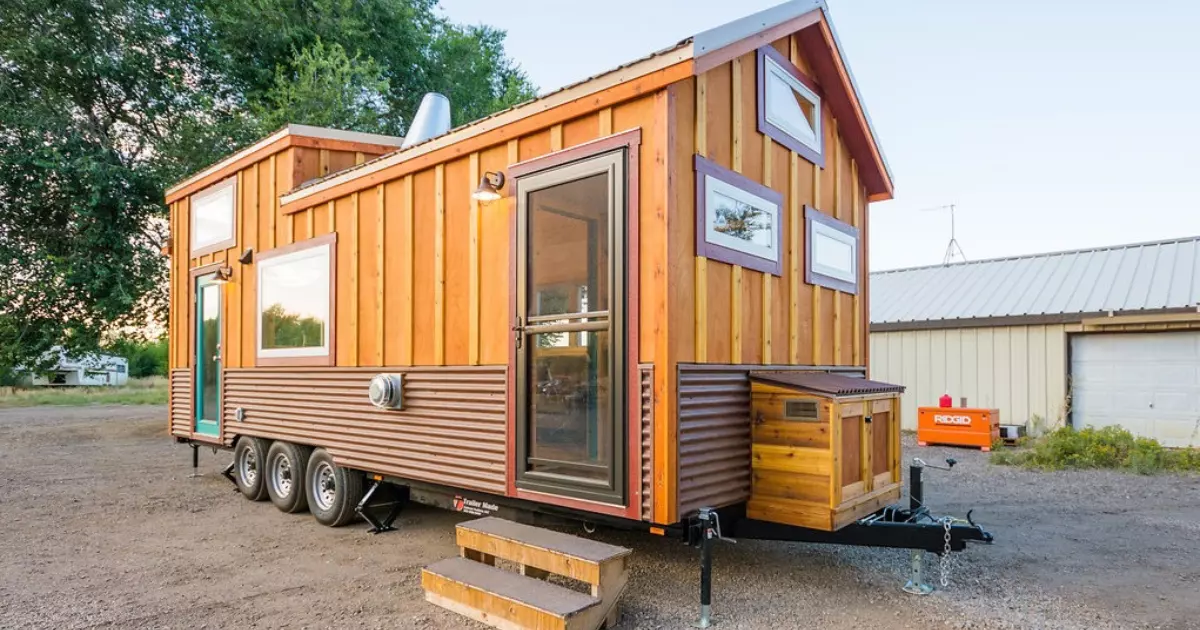
Yes, a tiny house can be 10 feet wide, but designing and living in such a compact space requires careful planning and innovative solutions.
The tiny house movement has gained significant momentum as people seek alternative housing solutions that emphasize minimalism, sustainability, and efficient use of space. One common question that arises within this movement is whether a tiny house can truly be just 10 feet wide. In this article, we’ll delve into the intricacies of designing and living in a compact 10-foot-wide tiny house. From space optimization to creative solutions, we’ll explore the possibilities and challenges of such a compact living space.
Understanding Tiny Houses
Defining Tiny Houses
Tiny houses are small, compact dwellings that prioritize function over size. They often range from 100 to 400 square feet, offering a simpler and more sustainable lifestyle compared to traditional homes.
The Appeal of Tiny Living
The tiny house movement appeals to those looking to minimize their environmental footprint, reduce their living costs, and embrace a clutter-free lifestyle. It’s about prioritizing experiences and relationships over possessions.
The 10-Foot-Wide Tiny House: Feasibility and Challenges
Design Considerations
Creating a 10-foot-wide tiny house requires meticulous design planning. Architects and builders need to maximize every inch of space to ensure functionality without compromising comfort.
Space Optimization
In a 10-foot-wide tiny house, multi-purpose furniture and innovative storage solutions become essential. Foldable beds, hidden compartments, and built-in furniture can help make the most of limited space.
Zoning and Regulations
While the appeal of tiny houses is strong, zoning laws and regulations can be restrictive. Many areas have minimum size requirements for dwellings, making it important to research local regulations before embarking on a tiny house project.
Pros and Cons of a 10-Foot-Wide Tiny House
Advantages
- Cost-Effectiveness: A smaller footprint means reduced building and maintenance costs.
- Portability: A 10-foot-wide tiny house is easier to transport if you decide to relocate.
- Sustainability: Tiny houses consume fewer resources and energy.
Challenges
- Limited Space: Living in such a compact space requires adjusting to minimalism.
- Functionality: Designing for functionality while maintaining aesthetics can be challenging.
- Clutter Management: Keeping a 10-foot-wide tiny house organized demands constant attention.
Creative Solutions for Tiny Living
Lofted Sleeping Areas
Utilizing vertical space is crucial. Lofted sleeping areas can free up valuable floor space for other activities.
Sliding Walls and Convertible Rooms
Innovative design features like sliding walls and convertible rooms enable you to transform your living space as needed.
Outdoor Living Extensions
Creating outdoor living spaces, such as rooftop decks or fold-out patios, can expand your living area beyond the confines of the 10-foot-wide house.
Is a 10-Foot-Wide Tiny House Right for You?
Lifestyle Considerations
Before diving into tiny house living, evaluate whether the compact lifestyle aligns with your preferences and needs.
Test Living Arrangements
Consider renting a tiny house for a short period to experience the challenges and benefits firsthand before committing to building one.
FAQs
How much does it cost to build a 10-foot-wide tiny house?
Costs vary depending on location, materials, and design, but it’s generally more cost effective than traditional housing.
Can a family comfortably live in a 10-foot-wide tiny house?
While it’s possible, families should carefully consider their space needs and be prepared for a significant lifestyle adjustment.
What about plumbing and utilities in a tiny house?
Tiny houses can be equipped with plumbing and utilities, but compact designs often require creative solutions for efficient use of these systems.
Are there zoning areas where tiny houses are not allowed?
Yes, zoning regulations vary by location, so it’s important to research local laws before planning a tiny house build.
How do I find land to park a tiny house?
Look into tiny house communities, RV parks, or private land rentals. Always ensure legal permission to park before moving your tiny house.
Conclusion
In the realm of tiny house living, the question “Can a tiny house be 10 feet wide?” challenges us to think creatively and resourcefully. While designing and living in a 10-foot-wide tiny house presents unique challenges, it’s a testament to human ingenuity and the desire for a simpler, more intentional way of life.
